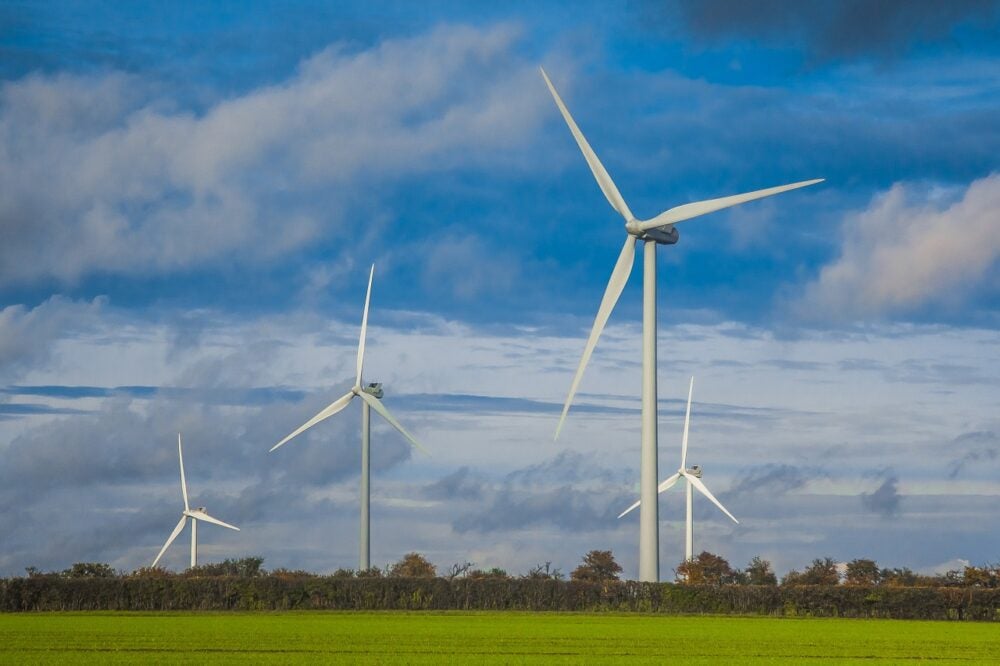
Germany fell short of its required onshore wind capacity targets in 2020, despite recording a significant year-on-year installation growth in the sector.
The country is aiming to provide 65% of its power from wind, solar and other renewable energy sources by 2030 as part of its ambitions to reach carbon neutrality by 2050.
In 2020, the onshore wind sector experienced a 46% installation growth following the addition of 420 turbines amounting to 1.43 gigawatts (GW). But, to achieve its mid-century climate target, the country needs an average of 5+GW of new onshore wind power permits each year from now until 2050, according to data and analytics firm GlobalData.
Germany targeting 71GW of onshore wind capacity by 2030
Since the introduction of the Renewable Energy Sources Act (EEG) in 2000, the onshore wind industry in Germany has been struggling with federal and state governments’ restrictive distance regulation and witnessed historical lows in 2019, when the construction of more than 11GW was put on hold on account of licensing issues.
“These were mainly around mandatory minimum distance from the residential areas and aviation infrastructure”, said Mohit Prasad, project manager at GlobalData.
“This was coupled with the flawed auction mechanism. The flawed auction design and difficulties in obtaining licenses for turbine construction have discouraged investors, resulting in a lacklustre performance of the auction mechanism.”
Following the switch to competitive auctions in 2017, Germany reported a fall in net annual installations from 2.2GW in 2018 to an all-time low of about 900 megawatts (MW) in 2019.
The EEG 2021, which was passed by parliament at the end of 2020, plans to increase the nation’s onshore wind capacity from 55GW currently to 71GW by the end of 2030 – requiring an increase of 30% across the next nine years.
“With 2021 being an election year, the country might avoid a regulatory standstill,” said Prasad. “The EEG 2021, which provides a planning security of almost 4GW of tender volume per year up until 2028, could be the catalyst for the revival of the onshore wind industry.”
With the last of Germany’s nuclear power plants to be shut down by the end of 2022 and its coal-fired power plants to be phased out by 2038, the country is under increasing pressure to scale up on renewables.
But Prasad believes the target for 71GW of onshore wind by 2030 and carbon neutrality by 2050 can be reached by “making amendments to the existing auction mechanism” and “project licensing for onshore wind projects”.


